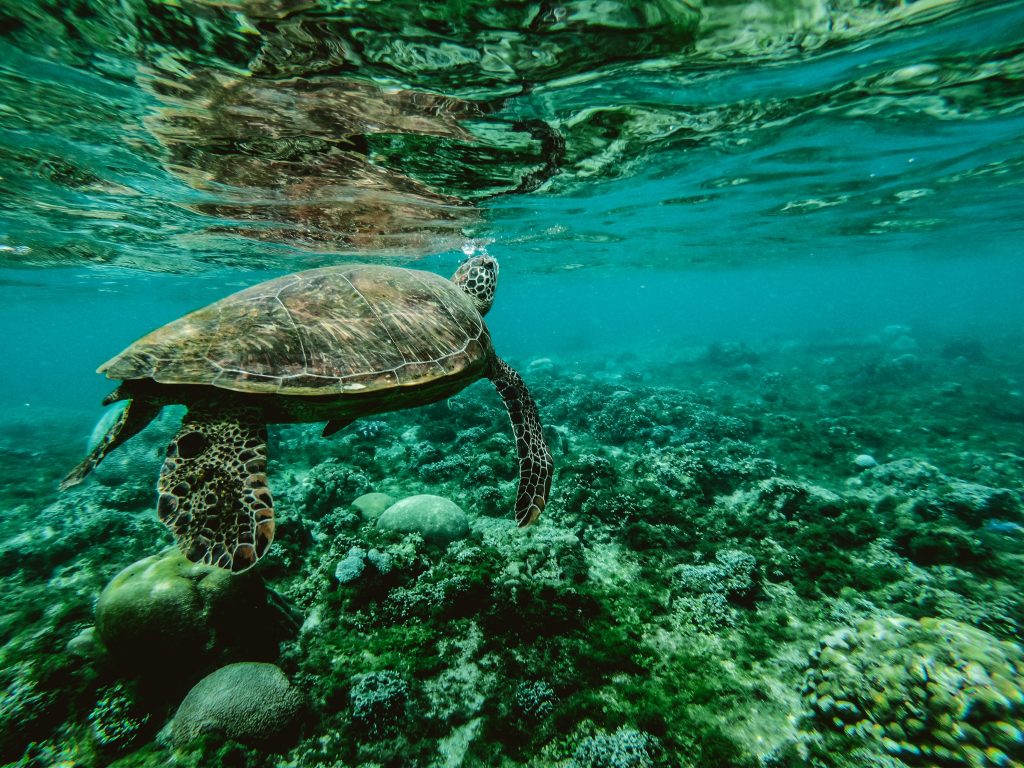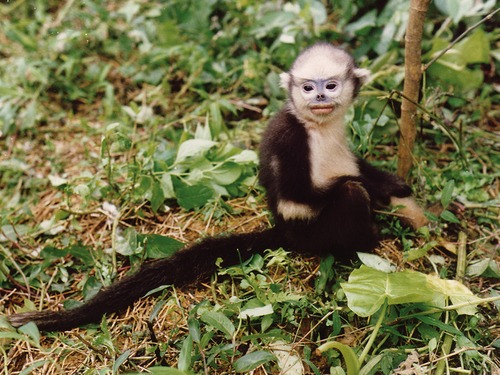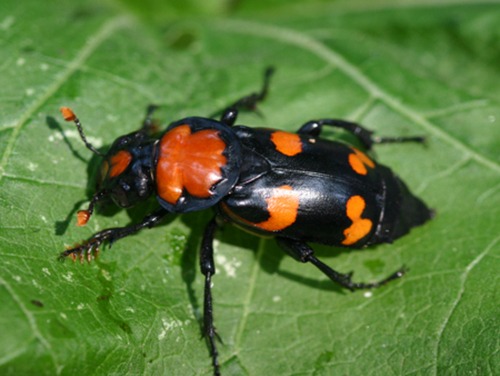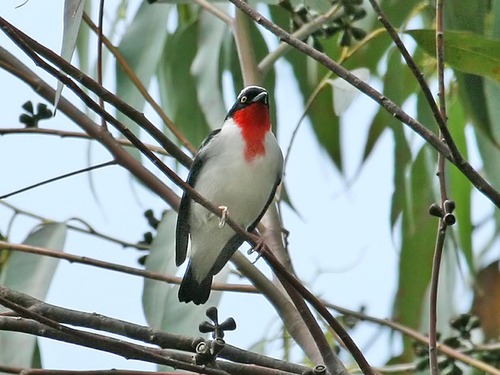Established in 1964, The International Union for Conservation of Nature’s Red List of Threatened Species has evolved to become the world’s most comprehensive information source on the global conservation status of animal, fungi and plant species.
The IUCN Red List is a critical indicator of the health of the world’s biodiversity. Far more than a list of species and their status, it is a powerful tool to inform and catalyze action for biodiversity conservation and policy change, critical to protecting the natural resources we need to survive. It provides information about range, population size, habitat and ecology, use and/or trade, threats, and conservation actions that will help inform necessary conservation decisions.

To date, more than 150,300 species have been assessed for The IUCN Red List.
This is an incredible achievement. However, our work is nowhere near complete. We need to more than double the number of wild species (plants, animals and fungi) assessed
Our current goal is to have 160,000 species assessed. Meeting this goal will provide the most up-to-date indication of the health of the world’s biodiversity to guide critical conservation action. This is only achievable with support from people like you.

AMALIA EXULANS
Diomedea exulans
Decreasing

AMALIA MAMMALIA
Rhinopithecus avunculus
Decreasing

AMALIA AMPHIBIA
Pithecopus ayeaye
Unknown


ANIMALIA EXULANS
Diomedea exulans
Decreasing
GLOBAL

AMALIA MAMMALIA
Rhinopithecus avunculus
Decreasing
GLOBAL

AMALIA AMPHIBIS
Pithecopus ayeaye
Decreasing
GLOBAL

–
–
Decreasing
GLOBAL
More than 42,100 species
are threatened with extinction
AMPHIBIANS
MAMMALS
CONIFERS
BIRDS
SHARKS & RAYS
REEF CORALS
SELECTED CRUSTACEANS
REPTILES
CYCADS
Help us make The IUCN Red List a more complete barometer of life.

Established in 1964, The International Union for Conservation of Nature’s Red List of Threatened Species has evolved to become the world’s most comprehensive information source on the global conservation status of animal, fungi and plant species.
The IUCN Red List is a critical indicator of the health of the world’s biodiversity. Far more than a list of species and their status, it is a powerful tool to inform and catalyze action for biodiversity conservation and policy change, critical to protecting the natural resources we need to survive. It provides information about range, population size, habitat and ecology, use and/or trade, threats, and conservation actions that will help inform necessary conservation decisions.
Learn more about The IUCN Red List
The IUCN Red List Categories and Criteria are intended to be an easily and widely understood system for classifying species at high risk of global extinction. It divides species into nine categories: Not Evaluated, Data Deficient, Least Concern, Near Threatened, Vulnerable, Endangered, Critically Endangered, Extinct in the Wild and Extinct.
This is an incredible achievement. However, our work is nowhere near complete. We need to more than double the number of wild species (plants, animals and fungi) assessed
Our current goal is to have 160,000 species assessed. Meeting this goal will provide the most up-to-date indication of the health of the world’s biodiversity to guide critical conservation action. This is only achievable with support from people like you.
SPECIES ASSESSED
GOAL
